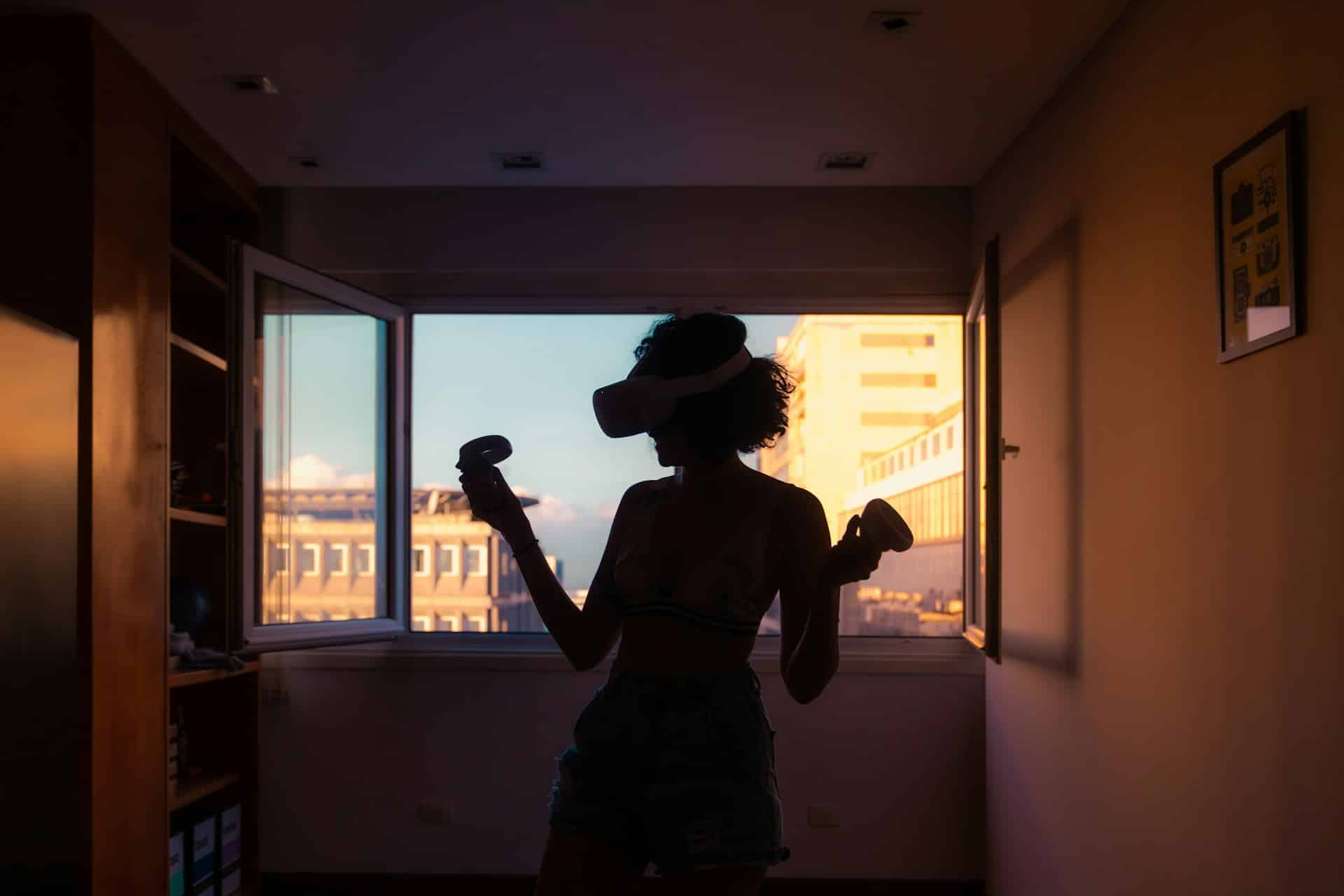Open-world exploration games have captivated players for generations. With expansive environments, these games offer an immersive experience like no other. However, one of the key elements that can make or break the gameplay is the lighting. Realistic lighting effects are not just about visual appeal; they are crucial for game design and enhancing the overall game world. As game developers and designers, understanding how to create these effects can take your game to the next level. In this article, we’ll explore the best methods for creating realistic lighting effects in open-world exploration games.
The Importance of Dynamic Lighting in Open-World Games
Dynamic lighting is the cornerstone of realistic open-world environments. It allows the game world to change and evolve in real-time, providing an engaging experience for players. Dynamic lighting can simulate the natural changes in light, such as the transition from day to night, weather effects, and even the subtle play of shadows over time. By incorporating dynamic lighting, you make your open world feel alive and responsive to the player’s actions and the passage of time.
Also read : What are the key factors in designing intuitive navigation systems for complex open-world games?
One effective technique for dynamic lighting is global illumination, which calculates how light bounces off surfaces to illuminate other objects in the environment. This method provides a more realistic representation of how light interacts with different surfaces, enhancing the overall visual style of your game. For instance, a sunbeam filtering through trees will cast dappled shadows on the ground, creating a lifelike forest setting.
Another important aspect is the real-time adjustment of lighting parameters. This can include changes in intensity, color, and direction of light sources, depending on the time of day or specific events within the game world. Such adjustments can dramatically affect the player’s perception and interaction with the environment, making the gameplay more engaging and immersive.
In parallel : How can developers use immersive audio to enhance the tension in horror VR games?
Using a combination of these techniques, you can create a dynamic lighting system that not only looks realistic but also enhances the player’s experience and immersion in the game.
Utilizing Global Illumination for Realistic Lighting
Global illumination is a sophisticated technique that can transform your game environments. It simulates the way light is reflected and diffused in the real world, adding depth and realism to your open worlds. This method involves complex calculations, but the results are worth the effort, providing a more authentic game world.
One approach to implementing global illumination is through precomputed solutions, such as lightmaps. Lightmaps are textures that store lighting information for static objects in the environment. This method is computationally efficient, allowing you to achieve high-quality lighting without taxing the hardware. However, it lacks the flexibility and responsiveness of real-time lighting.
For more dynamic environments, real-time global illumination is the better option. Techniques like Voxel Cone Tracing and Ray Tracing can simulate real-time light interactions, providing a more realistic and responsive lighting system. These methods are computationally intensive but offer unparalleled visual fidelity and realism.
Hardware advancements, such as Nvidia’s RTX technology, have made real-time ray tracing more accessible, allowing game developers to create stunningly realistic lighting effects. By leveraging these technologies, you can achieve a level of realism that was previously unattainable, making your open-world exploration games more immersive and visually captivating.
Crafting the Perfect Art Style for Lighting
The art style of your game plays a significant role in how lighting effects are perceived. A well-designed art style can complement the lighting, creating a cohesive and visually appealing environment. When designing the art style, consider how light interacts with different materials and surfaces in your game.
For instance, a realistic art style will benefit from detailed textures and high-resolution models that can accurately reflect and absorb light. On the other hand, a stylized art style might use exaggerated lighting effects to enhance the visual impact and create a unique atmosphere. Understanding the interplay between your art style and lighting will help you create a more cohesive and immersive game world.
In addition to the overall art style, the color palette is crucial in defining the mood and atmosphere of your game environments. Warm colors like reds and oranges can create a sense of coziness and warmth, while cool colors like blues and greens can evoke feelings of calmness and tranquility. By carefully selecting your color palette, you can enhance the player’s emotional connection to the game.
Another aspect to consider is the use of post-processing effects to enhance the lighting. Effects like bloom, lens flares, and depth of field can add an extra layer of realism and visual appeal to your game. These effects can simulate how light interacts with the camera lens, creating a more immersive and cinematic experience.
Leveraging Environmental Factors for Enhanced Lighting
The environment in which your game is set can have a profound impact on the lighting effects. Different environments require different lighting considerations to achieve a realistic and immersive atmosphere. For example, a dense forest will have different lighting challenges compared to an open desert or a bustling cityscape.
In a forest setting, the canopy of trees will filter the sunlight, creating a pattern of light and shadow on the forest floor. This dappled lighting effect can add depth and realism to the game environment. Additionally, the use of volumetric lighting can simulate the scattering of light through the foliage, enhancing the overall visual experience.
In contrast, an open desert environment will have harsh, direct sunlight with minimal diffused light. This creates strong shadows and high contrast, emphasizing the vastness and desolation of the desert. The use of atmospheric scattering can simulate the haze and dust in the air, adding to the realism of the environment.
Urban environments present their own set of challenges, with a mix of artificial and natural lighting sources. Street lamps, neon signs, and car headlights all contribute to the lighting landscape. Accurately simulating these light sources and their interactions with the surrounding buildings and objects can create a vibrant and dynamic game world.
By understanding the unique lighting characteristics of different environments, you can create more realistic and immersive game worlds that enhance the player’s experience.
The Role of Lighting in Enhancing Gameplay
Lighting is not just about aesthetics; it plays a crucial role in gameplay. Effective lighting can guide players, highlight important objects or areas, and set the mood for different game scenarios. By strategically using lighting, you can influence the player’s actions and emotions, creating a more engaging and memorable experience.
For example, in a horror game, dim lighting and flickering lights can create a sense of unease and tension, heightening the player’s fear and anticipation. In contrast, a brightly lit environment can evoke feelings of safety and relaxation, encouraging exploration and discovery.
Lighting can also be used to convey information to the player. Highlighting interactive objects or pathways with a brighter light can guide the player and make the gameplay more intuitive. Similarly, changes in lighting can signal important events or transitions, such as the onset of night or an approaching storm.
Another important aspect is the use of shadows and contrast to create depth and perspective in the game world. By carefully controlling the placement and intensity of shadows, you can create a more realistic and visually appealing environment. This can also help in directing the player’s attention and enhancing the gameplay experience.
Incorporating these elements into your lighting design can significantly enhance the gameplay and make your game world more immersive and engaging for players.
Creating realistic lighting effects in open-world exploration games is a complex but rewarding endeavor. By leveraging dynamic lighting, global illumination, and carefully crafted art styles, you can create visually stunning game environments that captivate and engage players. Understanding the unique lighting requirements of different environments and using lighting to enhance gameplay can further elevate your game and create a memorable experience for players.
As game developers, the time and effort invested in creating realistic lighting effects will pay off by providing a more immersive and visually appealing game world. Whether you’re crafting a dense forest, a vast desert, or a bustling cityscape, the right lighting techniques can make your open world come alive and provide players with an unforgettable experience.
By embracing these methods and continually refining your lighting techniques, you can push the boundaries of game design and create truly remarkable open-world exploration games.











